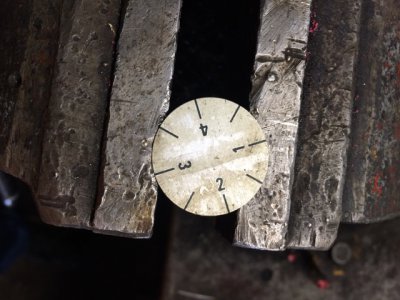- Joined
- Nov 17, 2014
- Messages
- 173
I dont know much about your lathe. I will comment on the mill. I have a force international mill drill. Very similar to the king other than less weight. My biggest issue is not having the head move on a dovetail. It limits you to use the quil for all travel. If you try to switch from the r8 collet to very long drill chuck holding long drill bit for the same part might not fit. Raising the head on the column will need loosening the lock causing the head to rotate on the round column.
Jack
Sent from my SGH-I337M using Tapatalk
Jack
Sent from my SGH-I337M using Tapatalk


